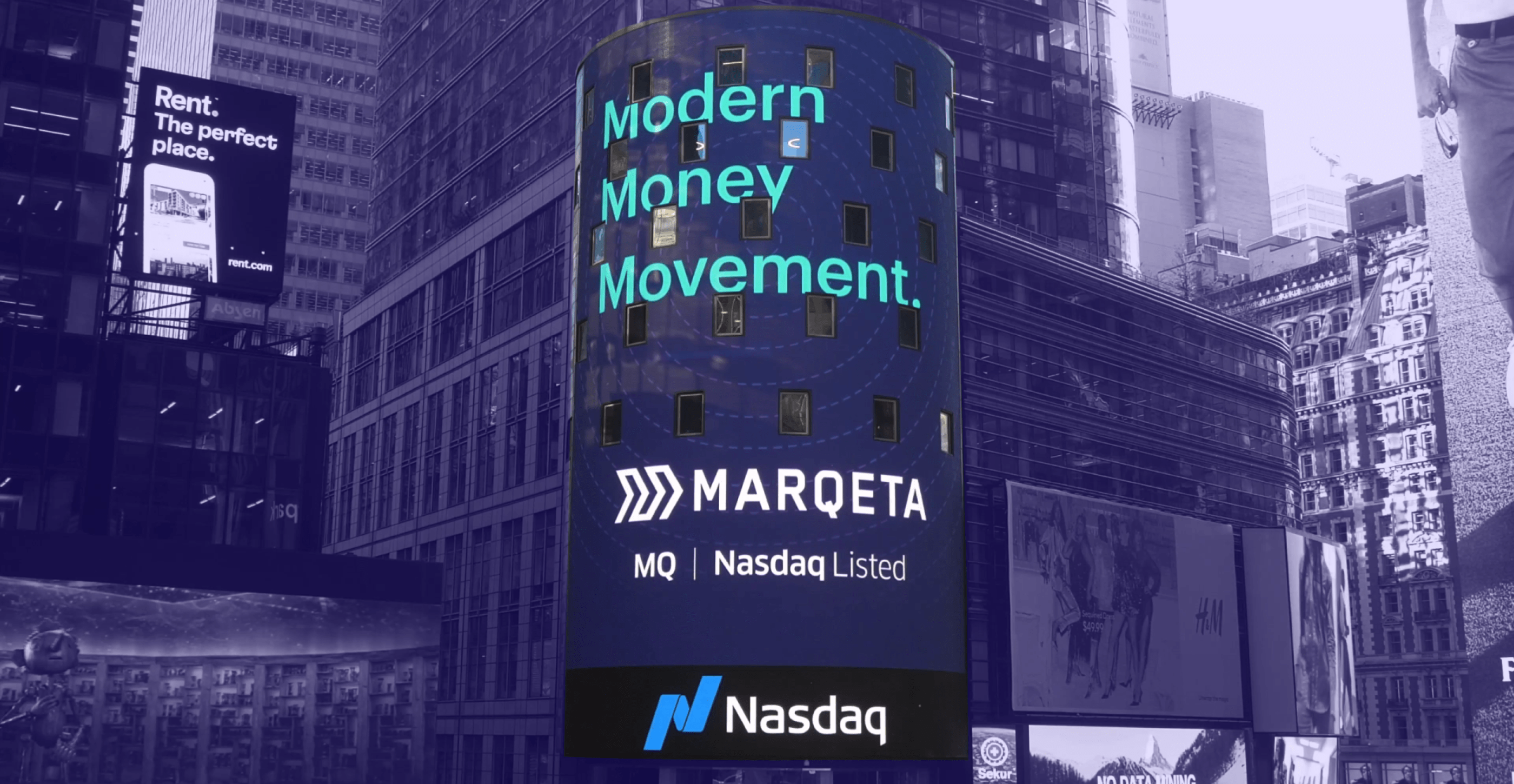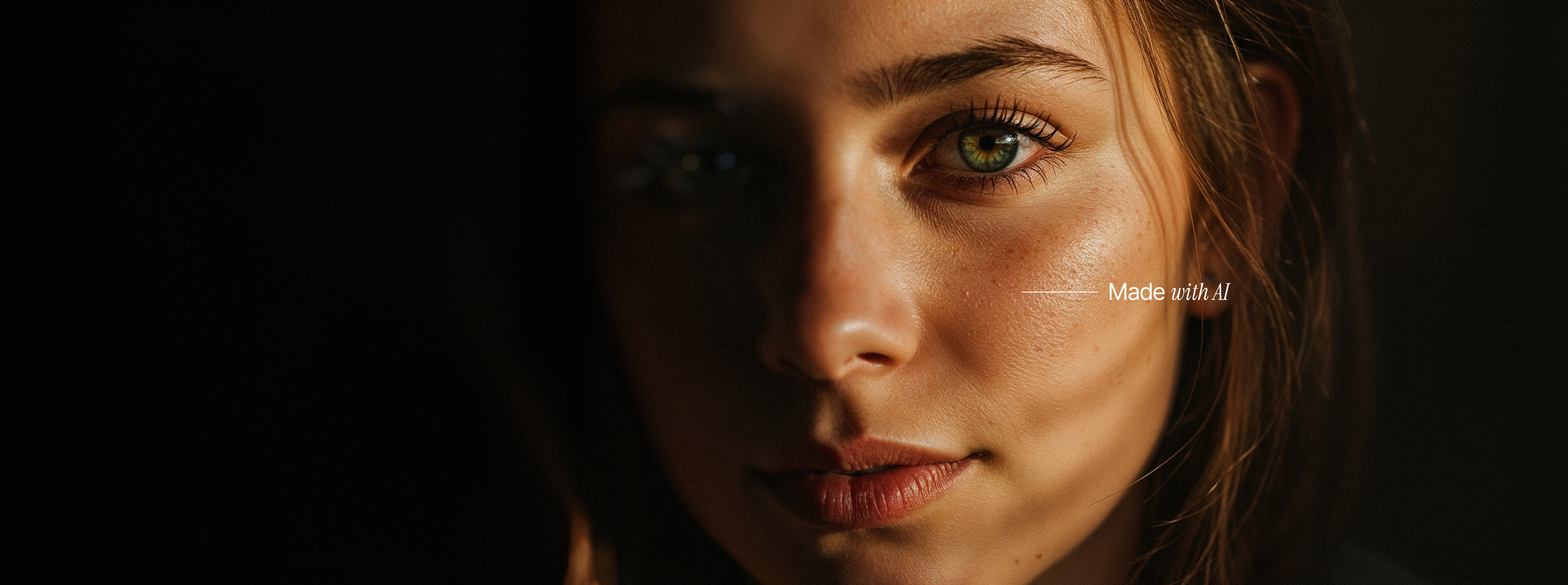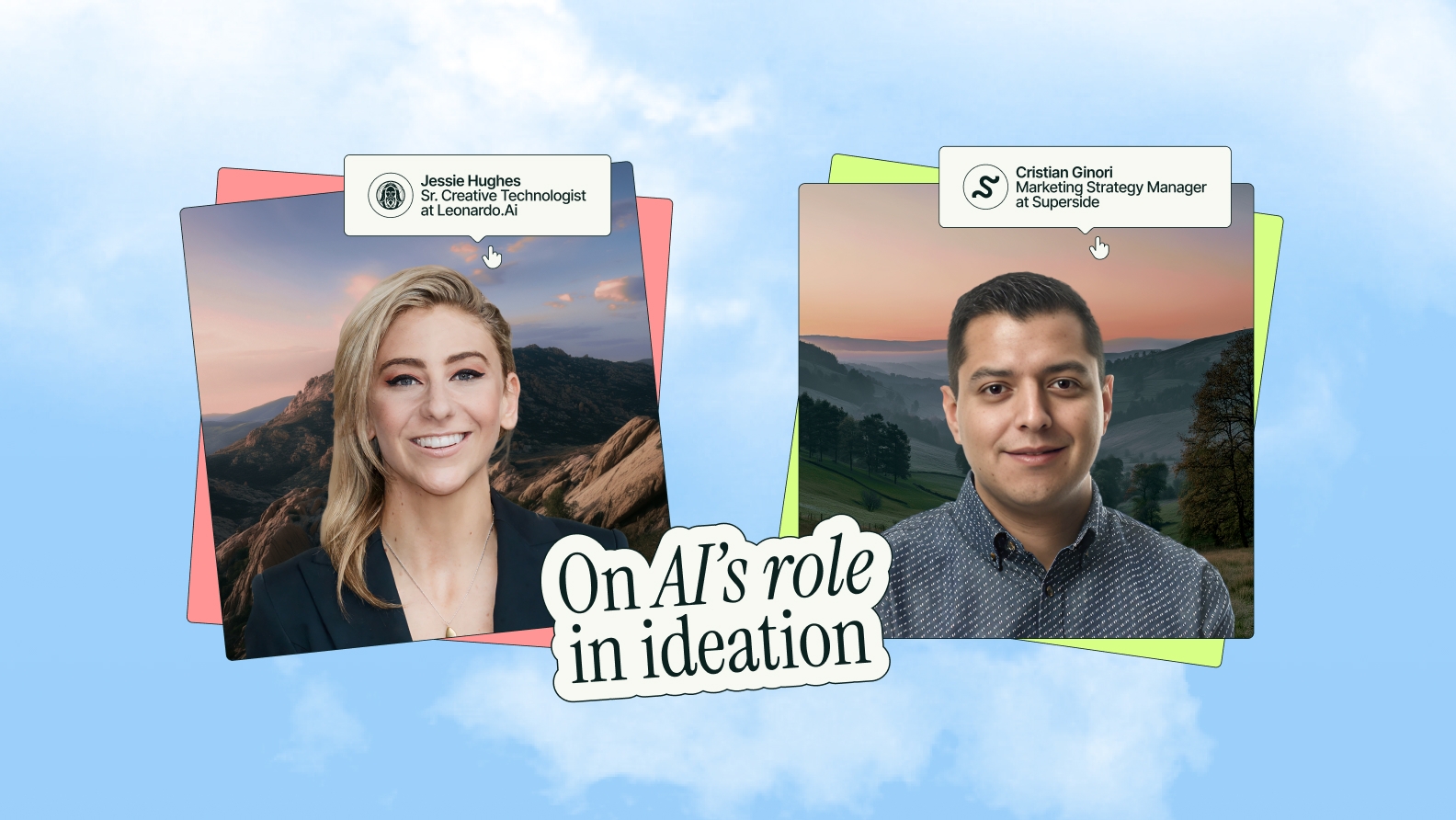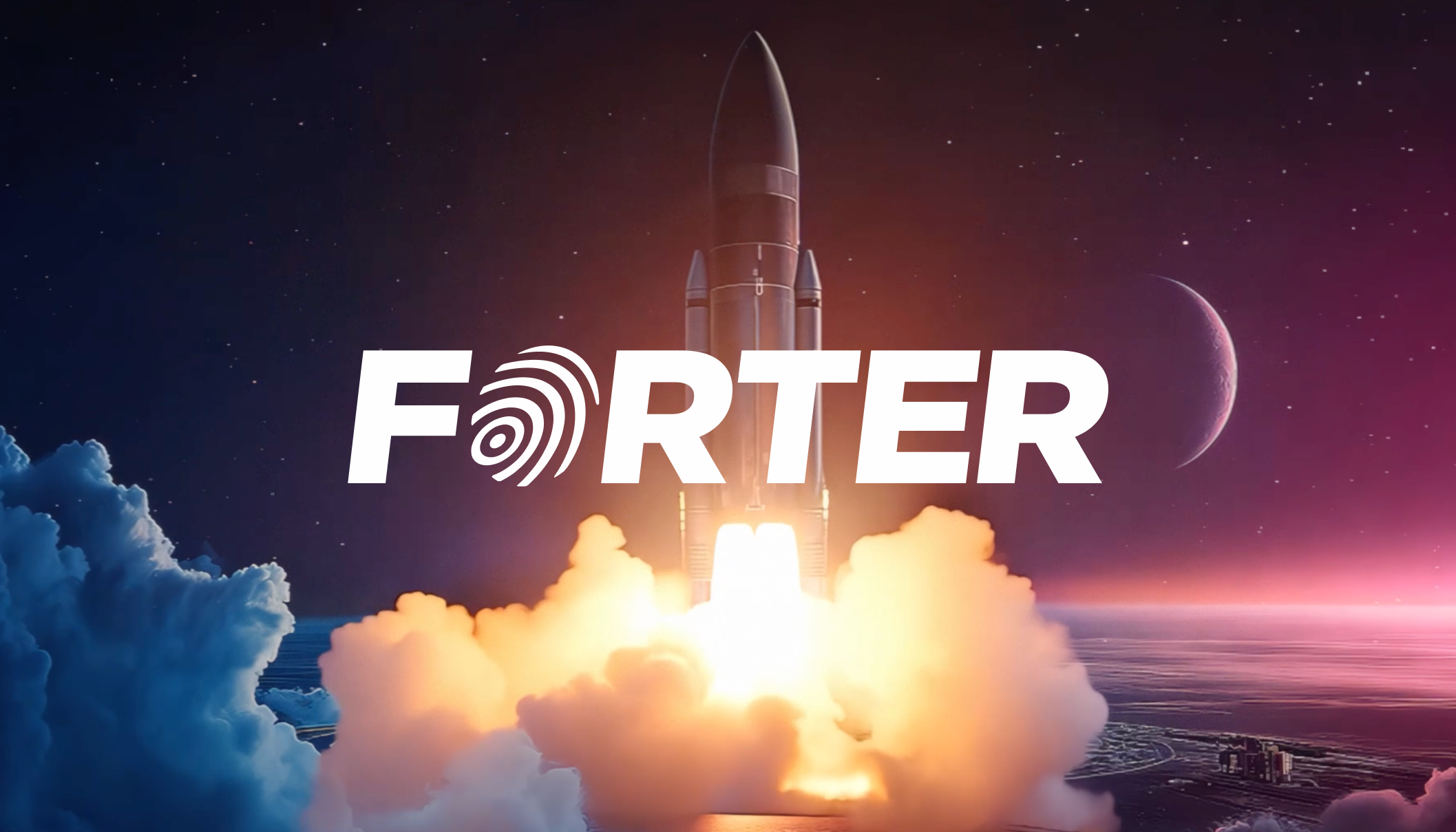Doing More With Less: How to do Marketing in a Recession
Companies of all sizes—from scrappy startups to big enterprises—are bracing for an economic downturn this year.
That means, resources are scarce, hiring freezes are commonplace and layoffs are happening left and right. So, how can marketing and creative teams adapt and deliver results with fewer hands on deck?
Stop Hedging and Start Making Smarter Bets
In times like these, the knee-jerk reaction is to reign in costs and stick to what's safe. In theory, it’s a sound strategy. But in practice, it might backfire for three reasons:
1. There’s less demand to capture in a downturn
Forced to choose between reliable, incremental growth tactics and creative high-risk, high-reward ideas, it's easy to choose caution.
But prioritizing safer demand capture tactics when demand is dwindling leaves marketing and creative teams playing defense when they should be playing offense.
A smarter bet: Create demand instead
With fewer resources, your focus should return to the first function of marketing: Generating demand for the products and services you sell.
Your marketing strategies should prioritize brand awareness, engagement campaigns and better efficiency. But of course, many teams lack the capabilities to execute these strategies, which brings us to the next problem with hedging…
2. High-impact ideas are half-executed (or not executed at all)
Getting the resources to execute can be tough even in good times. But when resources are scarce, teams might press pause or scrap winning ideas altogether.
Yet a single well-executed bet can change the course of a company, like Patagonia’s famous anti-consumerism ad. So, how can marketers and creatives continue to execute on big ideas with limited resources and low tolerance for risk?
A smarter bet: Lean on a trusted creative partner
You may not have budget for new hires or pricey agencies, but with a Creative-as-a-Service (CaaS) like Superside to back you up, you can continue to execute to a high-standard, without breaking the bank.
With Superside at your side, you get access to top creative talent from around the world—designers, illustrators, motion experts and more who’ve helped brands, like Amazon, Shopify and PUMA execute at scale.
When failure isn’t an option and up to 70% of a marketing campaign's performance is determined by the quality of creative, Superside is the partner you need in your backpocket.
3. Politics become fiercer as resources become scarcer
What happens when marketing can't get a designer's time to launch a new campaign because the creative team is under-staffed and at capacity?
Corporate politics. When even the low-hanging fruit becomes hard to pick, it can get Game of Thrones real quick, leading to all kinds of dysfunctions, especially between marketing and creative teams.
A smarter bet: Invest in creative operations to add more capacity for execution
Overcoming limited resources means investing in areas outside of tactical execution, including operations and technology.
Superside checks these boxes, too. When you sign up for Superside, you get a dedicated team of project managers, designers and creative directors, all powered by a frictionless DesignOps platform. Simply put, we have your creative operations covered.
Get Your Marketing and Creative Teams the Support They Need in These Times
With a recession on the horizon, marketing and creative teams need to do more with less. But that doesn’t mean they have to go it alone…
A CaaS like Superside can fill the gaps without bloating budgets, adding headcount or causing headaches! Get access to top-quality creative on 24-hour turnarounds and continue to deliver results in these times.
You may also like these
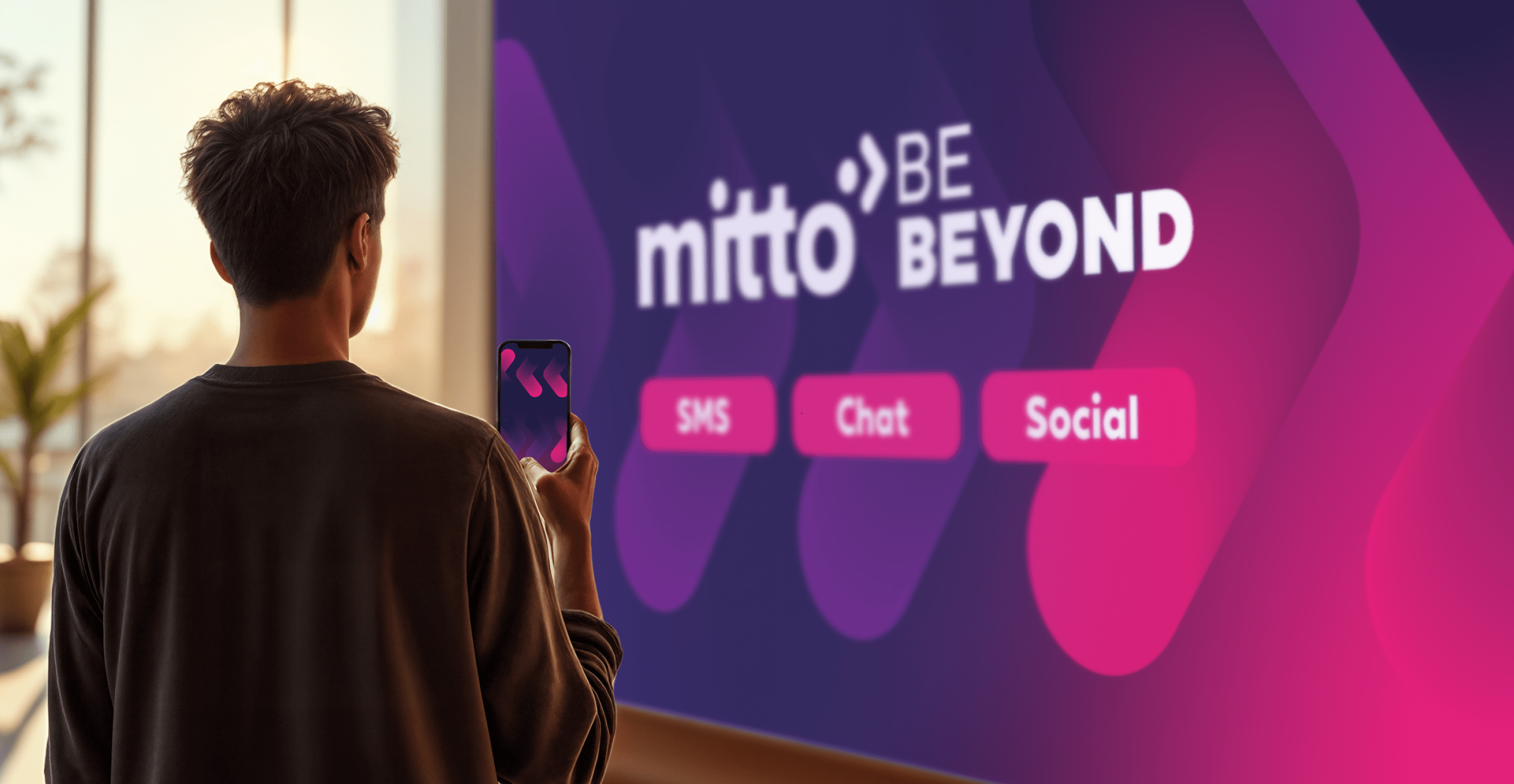
12 omnichannel marketing examples for inspiration in 2025
Modern customers move across various channels and rarely stick to just one brand touchpoint. In fact, seven out of ten retail shoppers engage with brands across multiple channels before they make a purchase. Brands that embrace this reality with strong, coherent omnichannel strategies see the payoff: They retain at least 89% of their customers, compared to just 33% for those with weaker approaches. Even more striking, omnichannel marketing can drive sales increases of up to 287%.Omnichannel means consistency, uniformity and integration between creative, marketing and data teams aren’t just best practices. They’re powerful elements for a marketing campaign's success and sustainable growth.In this article, we highlight the best omnichannel marketing examples of 2025 and examine how top brands craft exceptional, cross-platform experiences that foster customer loyalty and drive business results.What is omnichannel marketing?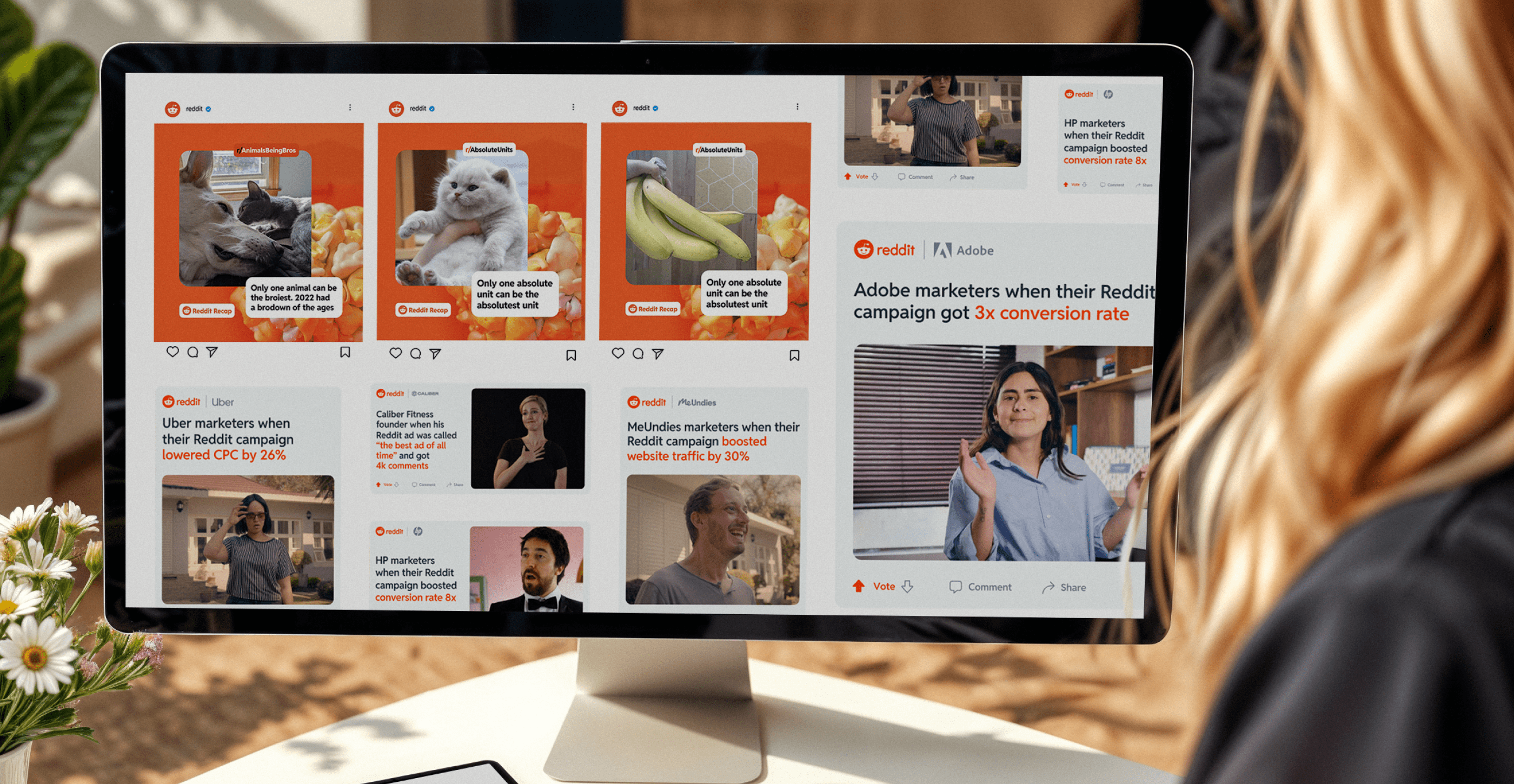
15 best meme marketing examples from big brands in 2025
Doge, Pepe the Frog, Grumpy Cat or Flex Tape. Most of us have shared a spot-on meme with friends or coworkers. Still, many brands overlook the fact that memes aren’t just silly jokes but powerful marketing tools.Audiences expect marketing that blends seamlessly into their social feeds, and over 60% of people say they’re more likely to buy from brands that use memes.Memes are humorous, relatable and emotive. When used strategically, they’re a low-cost, high-reward way to get your brand noticed. Plus, marketing memes that tap into current trends and internet culture could drive relevance for your brand.As the world’s leading AI-powered creative service, Superside is your go-to partner for scroll-stopping, brand-boosting creative campaigns that can include memes.But before we get into how Superside can supercharge your growth, let’s break down the magic behind meme marketing, why these visuals work wonders for brands, and 15 real-world meme marketing examples that delivered results. 😉
The creative power of data: How to go beyond numbers
Over the last ten years, access to marketing data has gone from a slow drip to a virtual tsunami of performance data, social media metrics and marketing analytics. Creative teams are swimming in data—unfortunately, without lifeguards.We've talked to over 200 creative leaders who, like you, wish data came with a mute button. In our Overcommitted Report, 76% of leaders said they feel burned out, and 78% say the demands on their teams are exceeding their capacity.The solution? Using data to improve workflows and inspire your team.The problem? Knowing how to cut through the noise (and the data points) to focus on what matters.Simply put, it's not how much data you have but what you do with it. We were lucky to have two creative leaders, Malik Sulieman, Creative Director at Cash App, and Ryan Hammill, Creative Director at ServiceNow, join us on our Overcommitted Virtual Summit to share how they pair data and creative insights to reduce burnout and help their teams create fantastic work.